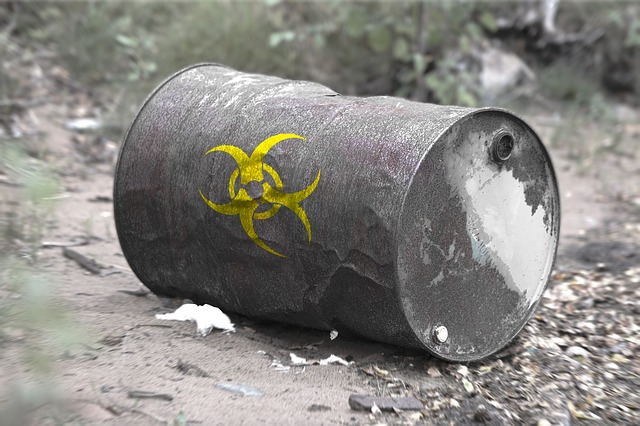
Culture, like brand, is misunderstood and often discounted as a touchy-feely component of business that belongs to HR. It’s not intangible or fluffy, it’s not a vibe or the office décor. It’s one of the most important drivers that has to be set or adjusted to push long-term, sustainable success. It’s not good enough just to have an amazing product and a healthy bank balance. Long-term success is dependent on a culture that is nurtured and alive. Culture is the environment in which your strategy and your brand thrives or dies a slow death. Think about it like a nurturing habitat for success. Culture cannot be manufactured. It has to be genuinely nurtured by everyone from the CEO down. Ignoring the health of your culture is like letting aquarium water get dirty.
— from “Culture Eats Strategy for Lunch” by Shawn Parr in Fast Company, January 24, 2012, p. 1–29.
How to avoid the decay that sometimes occurs within an organization’s culture, where it slowly becomes toxic over time? What are the signs that ‘the water is getting dirty?’ How, as leaders, do we avoid a team culture becoming toxic?
According to Jim Riley, writing for the British company tutor2u, various experts have looked at this question and highlighted common symptoms of a toxic culture. In his words these include:
· Weak leadership – no clear sense of direction
· Double standards by leadership – if there are members of leadership who don’t hold themselves accountable to the same standards and expectations as others in the business, the culture will soon be based on contempt
· Authoritarian or bullying leadership – if the leadership are bullies, then those who succeed in such a culture are likely to be bullies too. Authoritarian leadership too often creates a culture of fear and subservience.
· Openness and honesty: can everyone speak their mind? The alternative is a culture where important issues are swept under the carpet
· Lack of transparency and morality
· Dishonesty and corruption – the root of this culture is based in ambition and greed
· Reluctance to embrace change – can create a stifling environment where innovation and creativity are discouraged
· Rampant gossip/rumors – the rumors could be about other employees, leadership or strategy. But they spread fast and can have devastating effects.
· Us/Them mentality – which can often arise from weak leaders
· Retaining poor-performing staff – keeping them on board will frustrate the other good performers with a good attitude and they are much more likely to leave.
Knowing what to avoid can be as important as knowing what to aim for when it comes to developing a positive culture for your organization. Don’t let a team culture become toxic. By focusing on a culture built on values and principled behavior, you’ll go a long way towards averting that fate.
 This blog is based on material from my book “We’re All In.” You can get a copy of the first chapter for free here.
This blog is based on material from my book “We’re All In.” You can get a copy of the first chapter for free here.
If you’d like a full copy of the entire book, you can get it here.
Enjoy the journey!
Did you find this blog post beneficial? If so, please share it with your audience using one of the choices below. It’ll just take a second, but could improve someone’s work habits for a long time to come.





